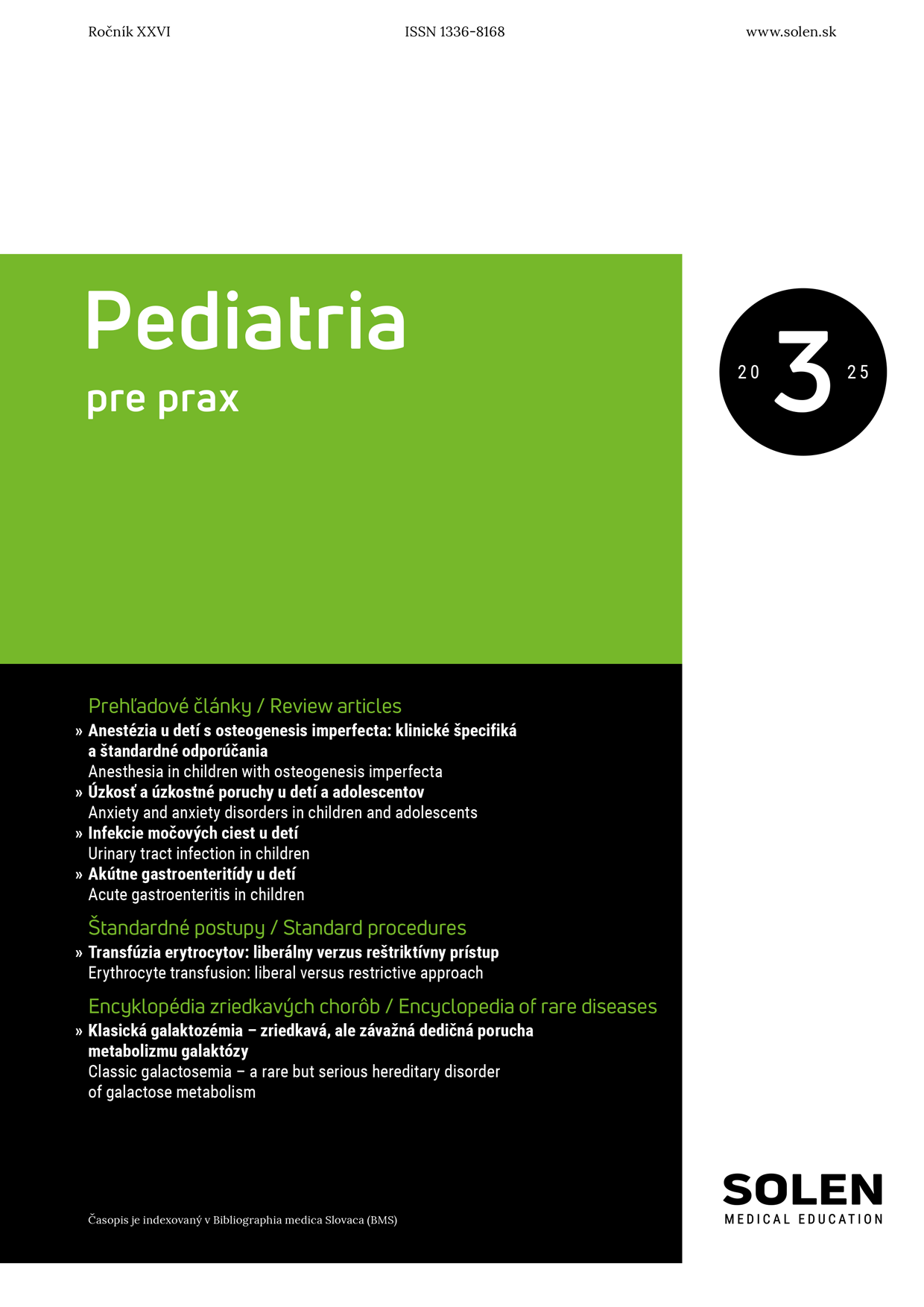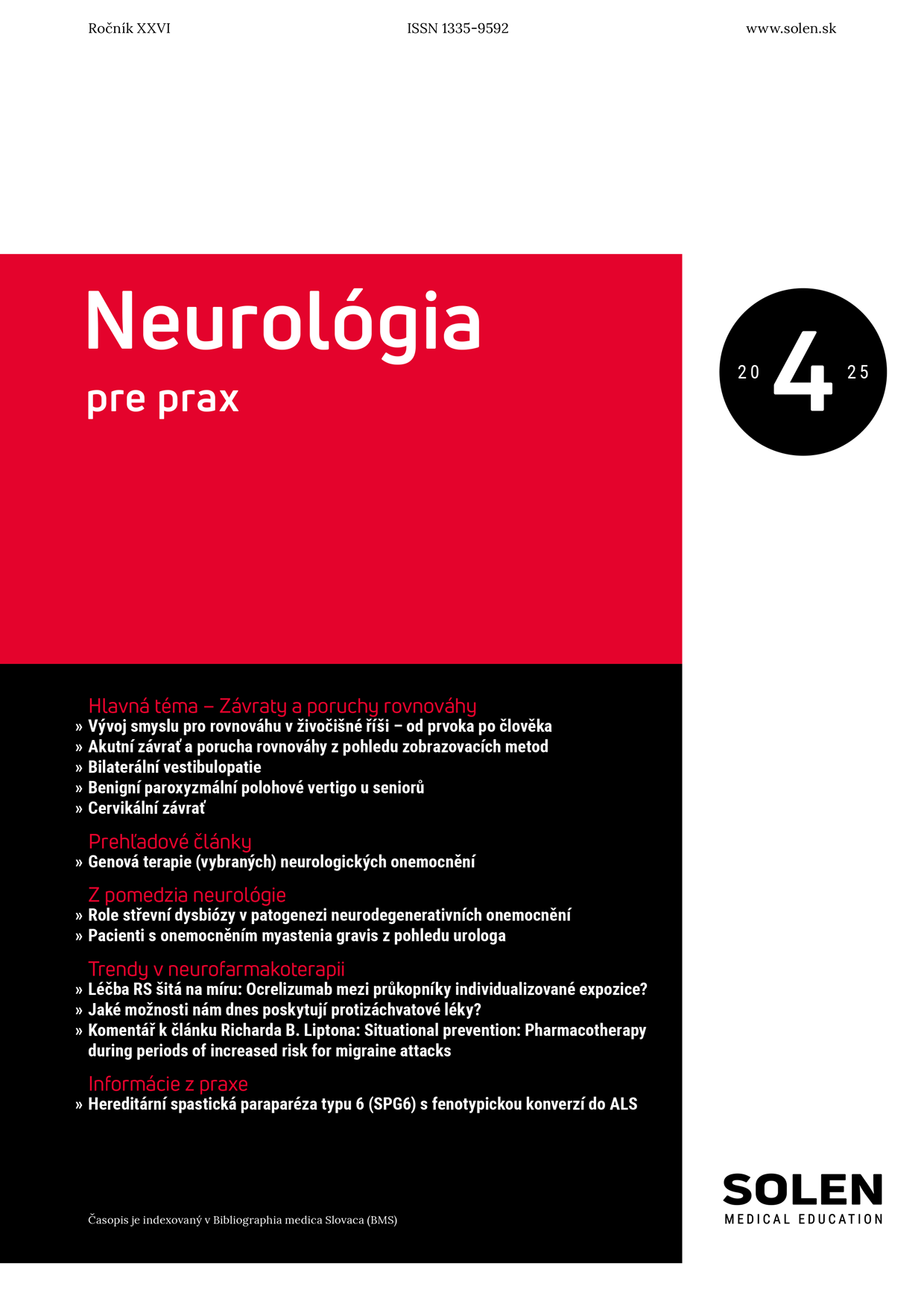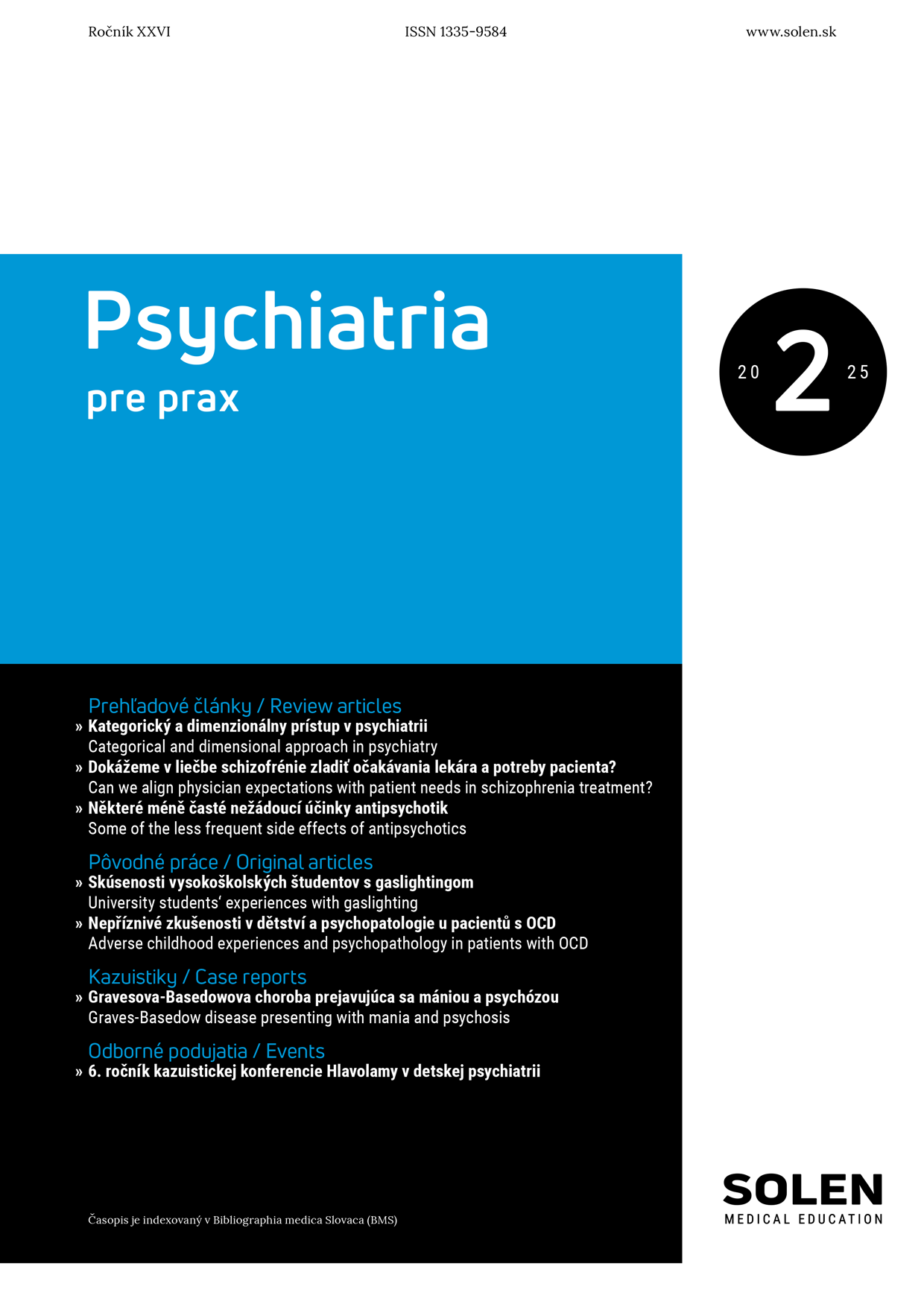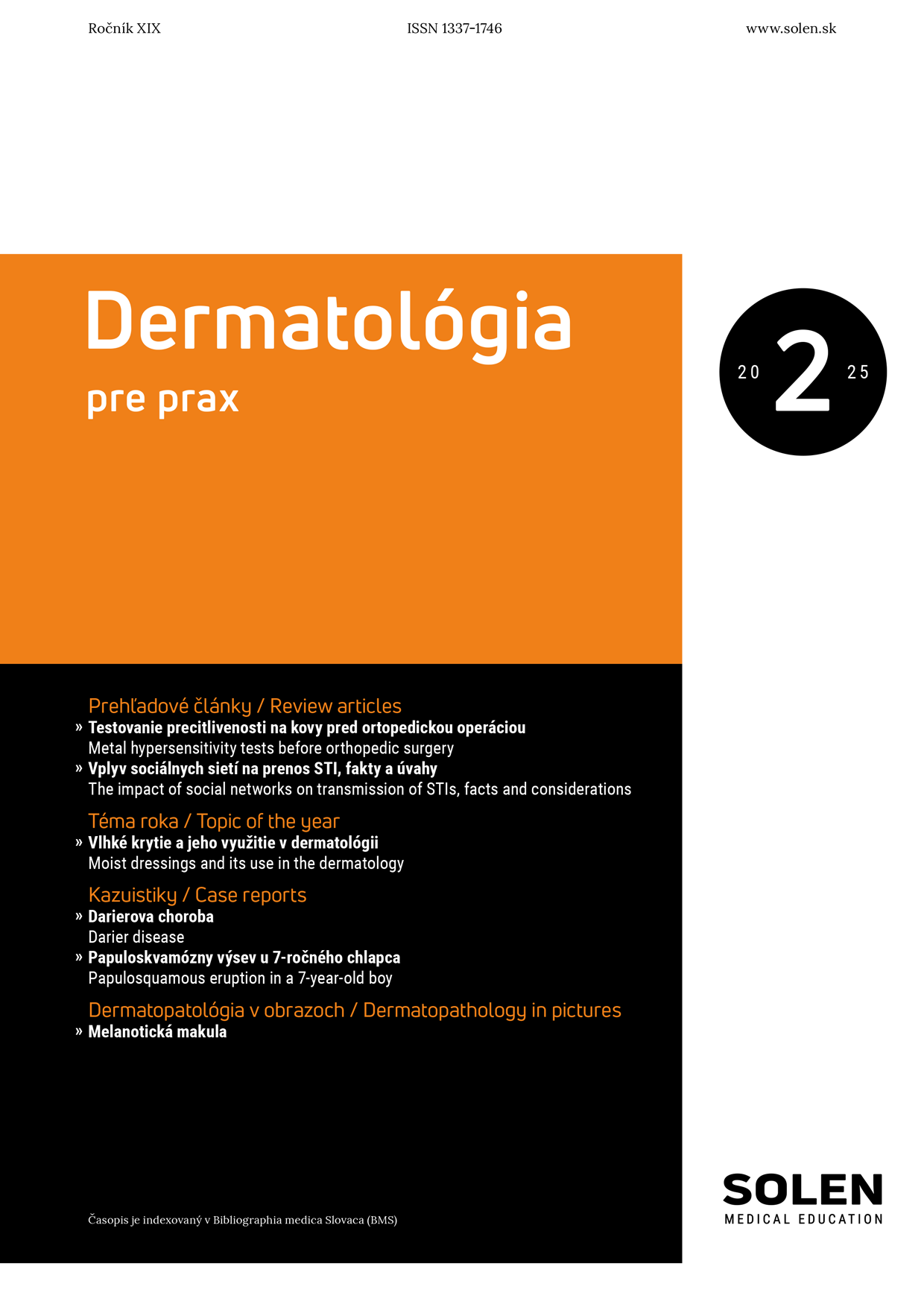Pediatria pre prax 4/2016
Překvapivá diagnóza vzácné endokrinní choroby při vyšetření dítěte pro malý vzrůst
MUDr. Renata Pomahačová, Ph.D., MUDr. Radka Jaklová, MUDr. Petra Paterová, MUDr. Ivan Šubrt, Ph.D., RNDr. Petra Vohradská, MUDr. Eliška Hrdonková
Popisujeme případ 9leté dívky vyšetřované po malý vzrůst s růstem pod 3. percentilem. V rámci komplexního vyšetření a s ohledem na rodinnou anamnézu výskytu syndromu úplné androgenní insenzitivity (AIS – androgen insensitivity syndrome) u 33leté tety jsme indikovali u naší pacientky cytogenetické vyšetření, které prokázalo chromozomálně mužské pohlaví. Potvrdili jsme syndrom úplné androgenní insenzitivity s průkazem mutace v genu po androgenní receptor, který je lokalizován na chromozomu X. Stejná mutace byla nalezena u její 33leté tety s AIS a matky s babičkou naší pacientky, které jsou přenašečkami onemocnění v rodině. Doplněné cytogenetické vyšetření mladší sestry pacientky potvrdilo také diagnózu AIS. Provedení prenatální diagnostiky mohlo případně zabránit narození dětí s AIS.
Kľúčové slová: syndrom androgenní insenzitivity, androgenní receptor, chromozom X, dysgeneze testes, riziko malignizace, přenašečství onemocnění v rodině
Surprising diagnosis of a rare endocrine disease when examining a child for short stature
We describe a case of a 9-year-old girl examined for short stature with growth below the 3rd percentile. As part of comprehensive examination with regard to the family history of the incidence of complete androgen insensitivity syndrome (AIS – androgen insensitivity syndrome) in a 33-year-old aunt, we indicated for our patient the cytogenetic examination, which revealed a chromosomally male. We confirmed the complete androgen insensitivity syndrome with mutation in the gene for the androgen receptor locus on chromosome X. The same mutation is presented in her 33-year-old aunt with AIS, and the mother and the grandmother of our patient who are transmitters of the disease in the family. Subsequent cytogenetic examination of the patient’s younger sister also confirmed the diagnosis of AIS. A prenatal diagnosis could have prevented births of children with AIS.
Keywords: androgen insensitivity syndrome, androgen receptor, chromosome X, testicular dysgenesis, the risk od malignancy, carrier of the disease in the family

















